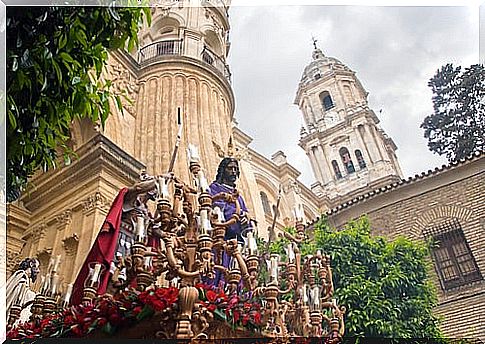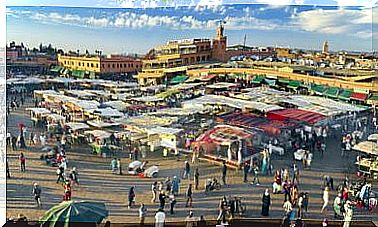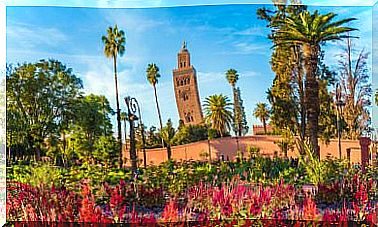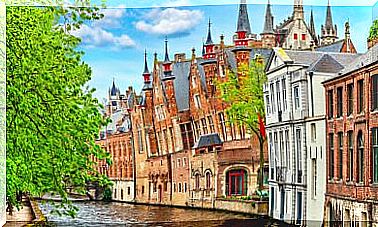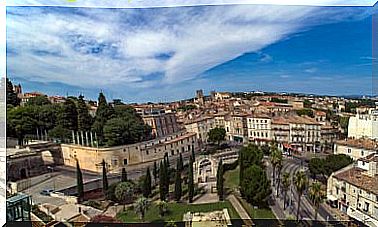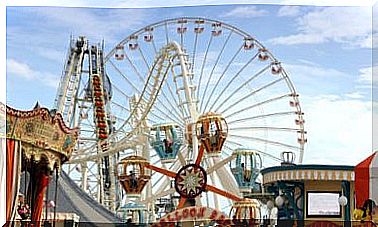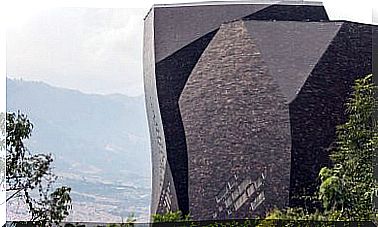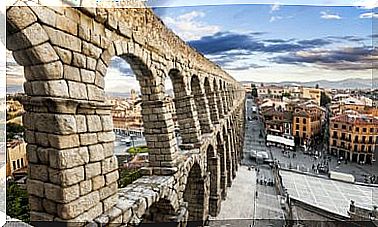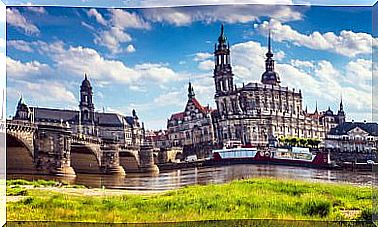Traditions Of Holy Week In Spain
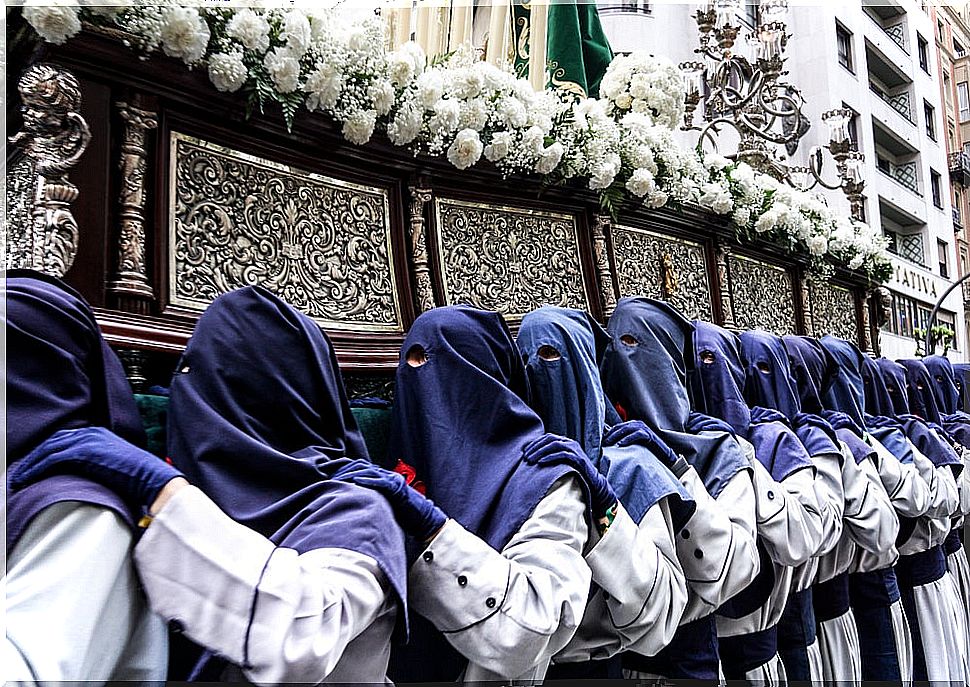
Spain is one of the best destinations to experience Holy Week. There are centuries-old traditions that are passed down from father to son and that are full of meaning. For this reason, we are going to show you some of the most interesting traditions of Holy Week in Spain.
7 traditions of Holy Week in Spain
We are already beginning to know the traditions of Holy Week in Spain. This journey full of passion will take us throughout the national geography.
1. Tamborrada de Hellín (Albacete)
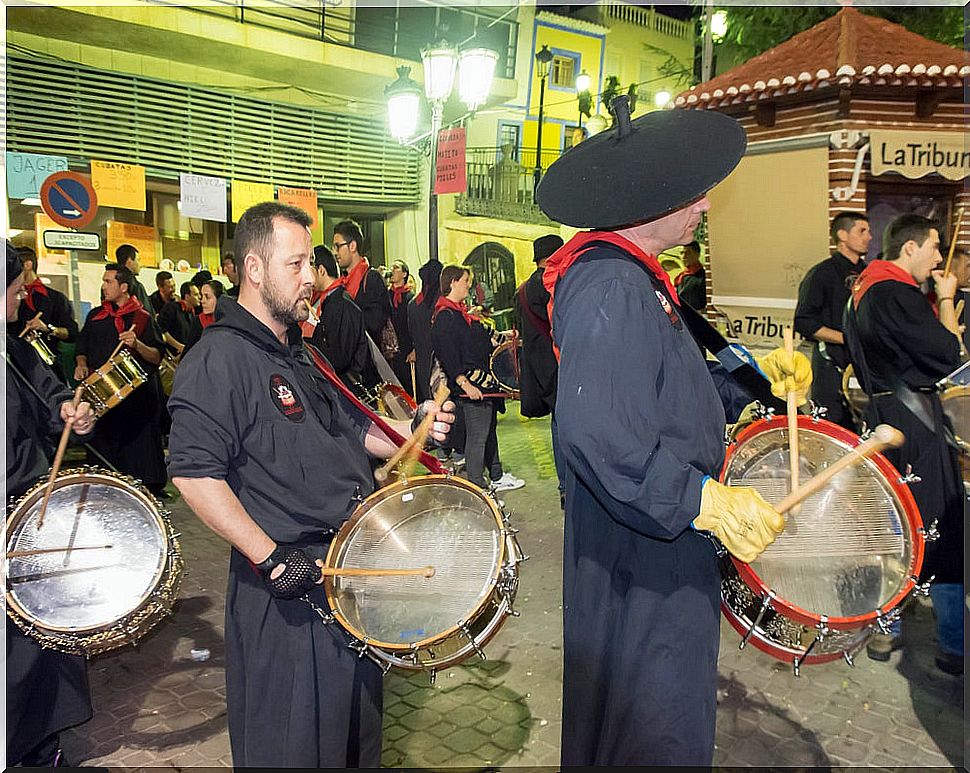
To live Holy Week in Hellín is to do it in a town that is filled with black robes and red scarves around the neck. In the hands of sticks and 20,000 drums beating at the same time, this is the Tamborrada de Hellín.
It is worth going to the Holy Wednesday procession, which is an initiating ritual for many children who that day join their drum for the first time. Holy Thursday is also impressive, as the drums beat all night without a break.
2. Good Friday in Seville, Andalusia
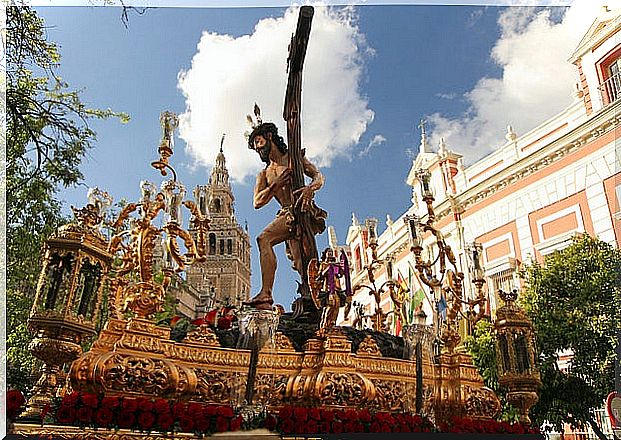
Living these dates in Seville is a most solemn and devoted experience. The most special moment is the “Madrugá” on Good Friday, when the most outstanding images of Holy Week in Seville are processed.
None can be highlighted, although it is worth mentioning that of Jesús del Gran Poder. This Sevillian brotherhood is the one with the largest number of Nazarenes, more than two thousand, and its passage is the oldest.
3. Palm Sunday in Elche
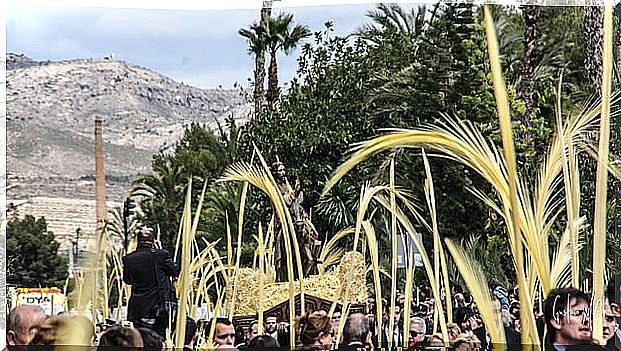
It is one of the most spectacular Easter traditions in Spain. It has a large participation of people, where its white palms that come from the palm orchards of Elche stand out. The faithful usually carry them in their hands or hang them from their windows.
4. Mona de Pascua in Catalonia
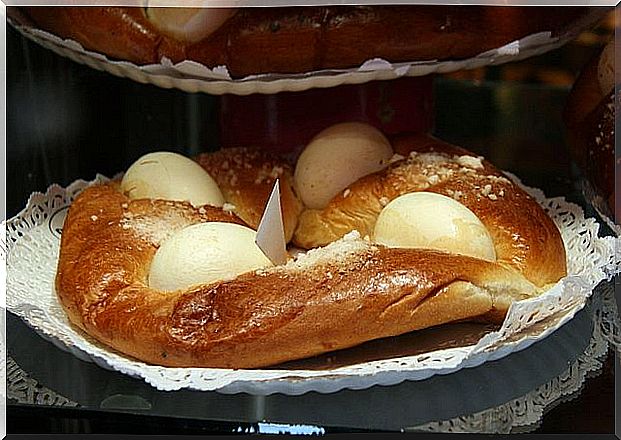
They are very famous and are often seen in bakeries and patisseries. This tradition is one of the most popular rituals of Holy Week. In other Spanish communities such as Valencian and Murcia this sweet is also typical.
5. Procession of the Cuenca Mobs
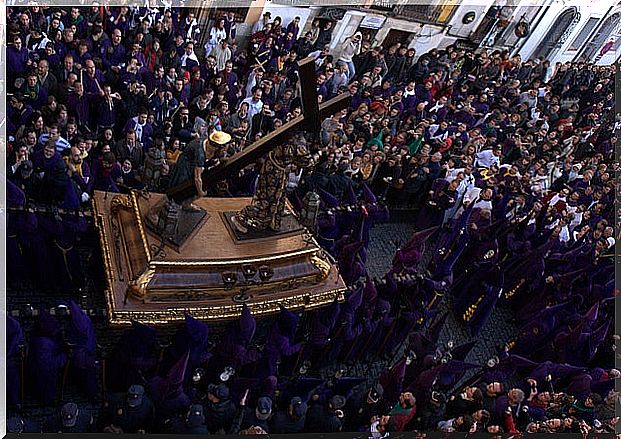
It is also known as the “drunken procession”, although this term does not please the people of Cuenca. It is a tradition that is celebrated on Good Friday and is of International Tourist Interest. In it, the turbos mock the image of the Redeemer, obstructing the passage and sounding their bugles and drums.
Although it may seem curious, what this procession does is remember the mockery that Jesus suffered on his way to Mount Calvary.
6. Genarín’s burial in León
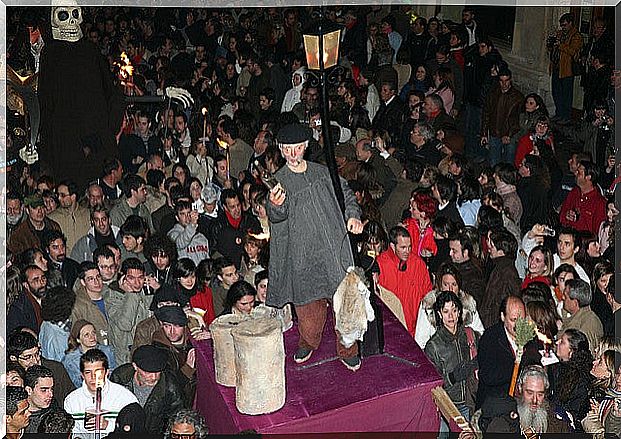
It can be said that it is irreverent, but also most curious. It takes place on Holy Thursday in the Humid neighborhood of León.
In 1929, a drunkard known to every brothel died after being run over by the city’s first garbage truck. His name was Genarín and his death was the reason for four friends to parody the Holy Week processions.
7. The Dance of Death by Verges in Girona
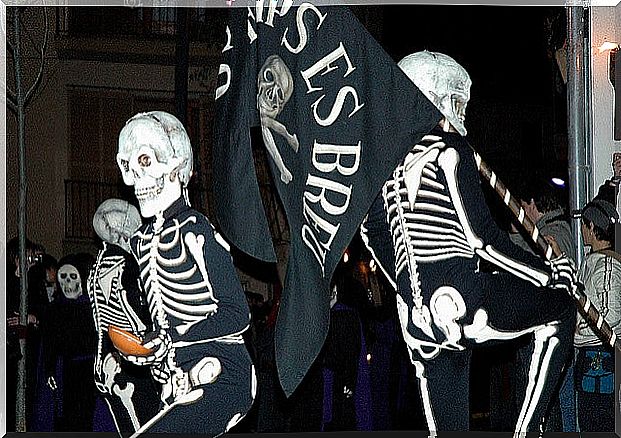
In this last celebration it is one of the most macabre Easter traditions in Spain. Five skeletons are in charge of dancing to the sound of a drum. It is about two adults who carry a scythe and a flag, with three children who carry a plate with ash and a clock without bits.
This Dance of Death is celebrated in the Maundy Thursday procession that takes place in Verges, and alludes to the memories of death at a time when the Black Death reigned.
In these cases the hope that Christianity supposed about death itself is remembered. At present, this town is the only one that preserves this kind of dance, a jewel that is worth preserving.
As you have seen, in Spain there are very different ways of celebrating Holy Week. From the typical religious ones to others where pagan or popular elements are also used to commemorate these traditional dates.
